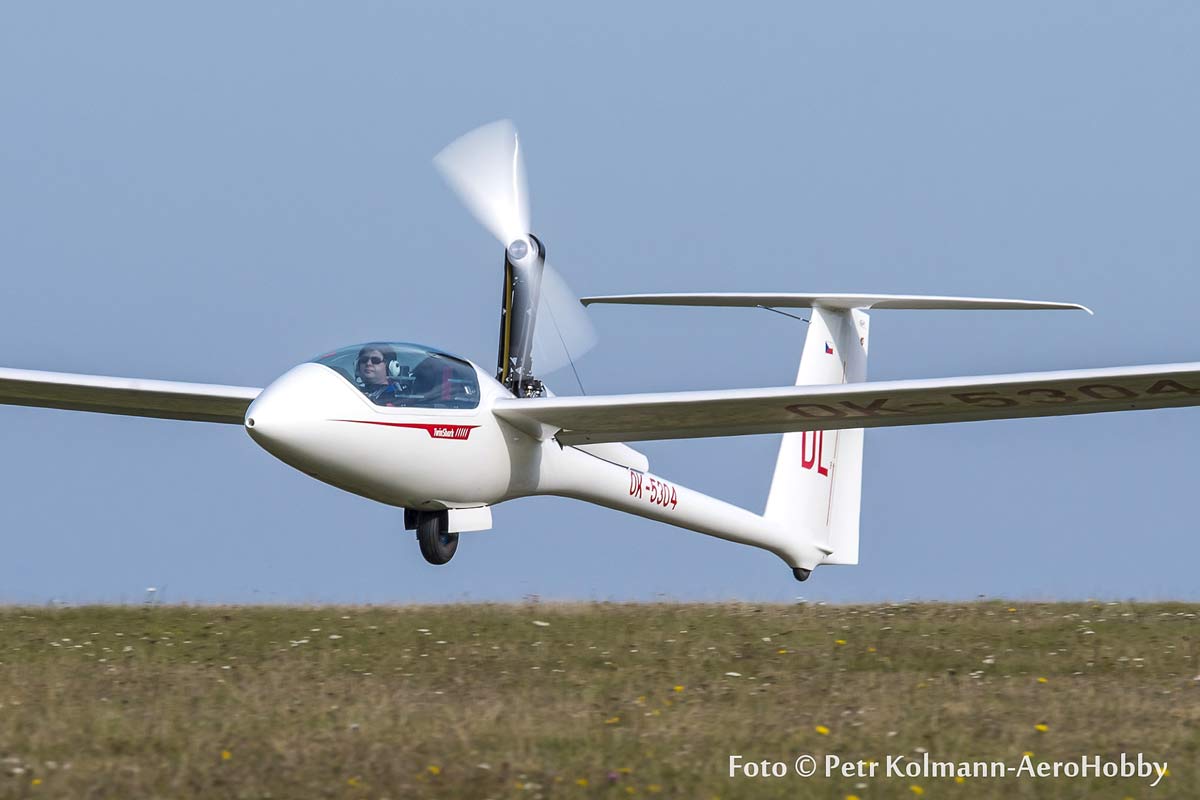Gliders With Engines

There’s no doubt about it, there is a growing popularity of gliders with retractable engines. They come in all sorts, ‘sustainers’ or ‘turbos’, which typically take us towards home with a few hundred feet per minute climb rate through a 2-stroke or jet engine. The other method is the self-launching type, which offers greater independence and convenience than the previous type mentioned. A massive advantage of the self-launching type is that it allows the exploration of areas that would otherwise be generally out of touch. More recently, the ‘Front End Sustainer’ or FES, has seen the best of both worlds, however, that’s not the direction of this article...
Engine May Not Be Safer
There are so many pros and cons to gliders with engines, but this article seeks to concentrate on the safety aspects. Sadly, by having a glider with an engine, it doesn’t automatically mean that it’s safer, statistics probably suggest otherwise, in fact. Outlanding or off-field accidents still occur for a number of reasons...
Have an Engine Fail Plan
First and foremost, when we fly with a glider with an engine, we must treat it as a bonus, not a guarantee that it will start. It’s something my father has said to me for moons on end, “just because you have an engine Adam, you must always have somewhere to land, because they don’t always start”. (Editors note; as a flight instructor I teach when aerotowing to be surprised when the rope DOESN"T break. Same with the engine, be surprised if it DOES start when needed.) Airspeed, altitude, or brains, you must always have two – rings so true in this case, a plan, you must always have a plan. In this case, somewhere to land, the engine doesn’t always start...
Expect a Strong Sink Rate
Secondly, when you extend an engine, the sink rate of the glider goes up, and so must your decision-making process as soon as you make the decision to extend the engine. Your extension of the engine must be made in good time, because ultimately if it doesn’t start, you will have to action your backup plan. It will have to be with your remaining airspeed and brains because you’ve run out of altitude at this point...
Practice Engine Starts
I often practice my engine start routine at my local airfield after finishing a competition or cross-country flight, because it simulates low altitude, a cold engine, and some fatigue, with the advantage of a safe big airfield, one of which I’m familiar with. If the engine doesn’t start, then you can learn a few things from it, how much height loss is associated with a failed start, how the adrenalin feels, and how you’ll deal with it in a more serious situation. If the engine doesn’t start in this case, you have the safety of your home airfield with a big long grass airfield you can abort safely into.
Finally, through learnings of the above paragraph, you’ll be able to determine where your comfort zone is. It might be over an airfield a long way from home, and you’re happy to start the process at 400’, or it might be over challenging terrain, and your cut of is 1250’, because you are wary that your engine may not start the first time, so you’re allowing for a 2nd attempt, followed by a challenging outlanding...
Airspeed, altitude, or brains, you must always have two!
Banner Photo by Petr Kolmann




